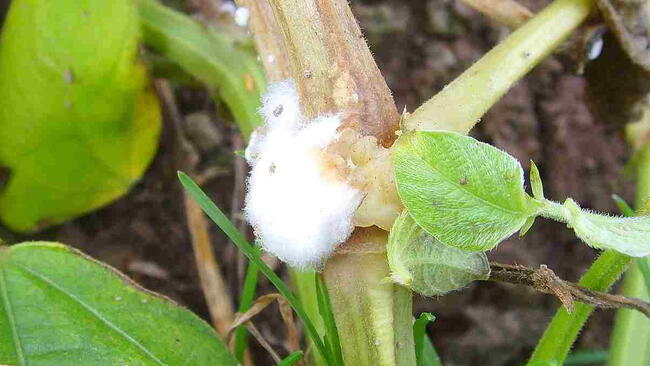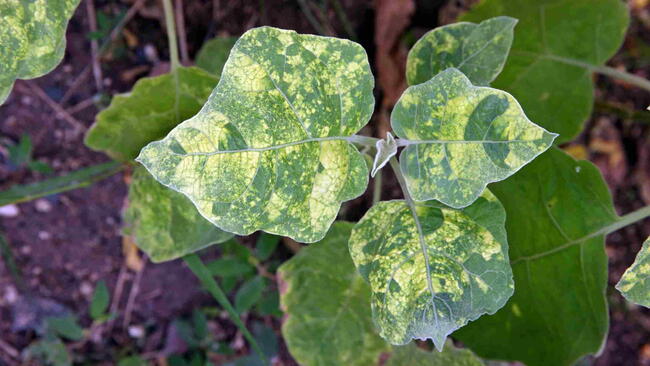
Photo Credit
AJCespedes/Shutterstock
Subhead
Identify the Powdery Mildew Plant Disease
Read Next
Gardening Products
More Like This
I was wondering, can i still collect seeds from my bee balm which has been infected by white powdery mildew? In fact, are my squash seeds that came from the fruit ruined for the same reason?
This was one of the best articles about powdery mildew that I have read thus far. I hadn't put two and two together about shade being a factor in the proliferation of PM. I have a wrap around rose bed on the east and south sides of my house. I was told that the original old roses were planted approximately 40 years ago by the previous owner. A pine tree nearby has grown so big that now the east side only gets a few hours of sun a day. That side is where I have PM problems. Between that, age and lack of sun, those roses are no longer thriving. My experience is that fungus sprays will only PM at bay. What works best for me is to spray the canes and surrounding ground after my winter pruning and cleanup. This way I can more easily get the spray all the naked canes and any spores that have fallen to the ground. Although this does not prevent it from coming back the following year, it appears to help.
You can not buy neem oil in Canada. When I asked why, they said it kills butterflies. So, it actually is harmful to our living environment. Just for that fact I will not use it even if I could get it. Just an FYI. Keep our bees and butterflies safe.
Neem oil mainly affects caterpillars (butterfly larvae), not adult butterflies. When used carefully, it’s generally safe for mature butterflies, bees, and the environment. Avoid spraying it on plants with butterfly larvae present.
thanks alot of information
Thanks for the article. I really love fighting bugs in my garden using organic fertilizers which helps me to protect my plants from any insects also preventing my plant from being damaged by chemical fertilizers. excessive use of organic fertilizers and chemicals can deplete the quality and fertility of the soil. That's why I always suggest using organic soil fertilizers in any garden, Thanks for the blog btw
I have a voluntary watermelon that has grown around a cement bench where my grandsons sat and ate watermelon. It has grown huge & I can't even see the bench anymore but a couple days ago I noticed white powdery looking spots on the leaves at the back of the plant and today I saw that it has spread to more of the leaves. What is this and how do I fix it? Please help I really wanted the kids to eat a watermelon from the surprise plant that grew for them. What can I do to save it?
I think you should spray it with lime sulfur for powdery mildew. It's safe to spray on food. Read directions. Maybe try to put something near the root stem to give it a little shade and water if dry. It must get mighty hot in the concrete. Do not we the leaves if possible. I'm no expert, but that's what I would do!
Powdery mildew affects my peonies every year. Fortunately, it has not spread to nearby plantings and it doesn't occur until about a month after bloom. But that ruins the foliage of the peony plant, of course, which is otherwise lovely even without blooms. I use a neem oil spray every couple days and in between, just spray down the entire plant with a moderate pressure shower. This helps to at least reduce the unsightly blight but getting rid of it entirely, let's be honest, probably impossible for anyone. I'm just glad it doesn't affect anything else. Small gifts...
I’ve had this problem too with some of my perennials. So far I have found using the neem oil when they are young helps to keep it away. So try spraying them now, before the mold has a chance. 🙏🏻🤞
- « Previous
- 1
- 2
- …
- 10
- Next »









Comments